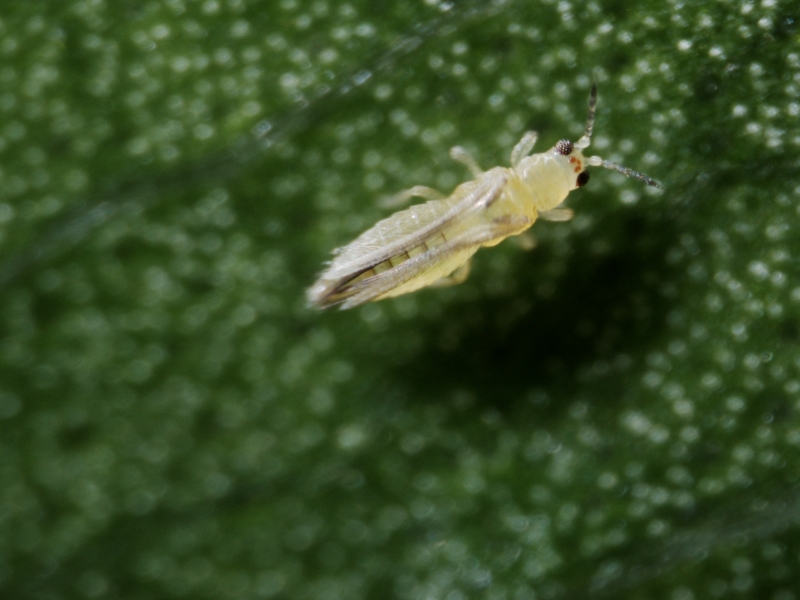By Clint Thompson
Overuse of specific pesticides led to chilli thrips being more of a problem for Florida strawberry producers this season.
Sriyanka Lahiri, assistant professor of entomology and nematology at the University of Florida Institute of Food and Agricultural Sciences Gulf Coast Research and Education Center, said pesticides should be used in rotation.

“You have four products. All of these four products have residual activity of at least 21 days. Use that to your advantage,” Lahiri said. “All of these products are labeled and can be used at least three times in a given season if you follow the label. I do not recommend it seeing the way that chilli thrips are developing resistance. I would say just one use per active ingredient would be ideal.”
The effective products that growers can utilize include Radiant, Exirel, Sivanto Prime and Assail. Sivanto Prime and Assail should not be rotated one after the other as they are both Insecticide Resistance Action Committee (IRAC) Group 4 products. They can be rotated with Radiant or Exirel.
Lahiri said growers should prepare for two chilli thrips population peaks every year; one in December and the other in late January/early February. She insists growers also release predatory mites before the season to protect against the expected boost in chilli thrips populations.
“The ideal way to manage chilli thrips would be to release the predatory mites. There are three predators that will feed on chilli thrips and feed on two-spotted spider mites. Those predators will feed on all of these soft-bodied pests, which is great. They need to be released early in the season before the pest populations explode,” Lahiri said. “Growers need to prepare themselves for two population peaks minimum if they were not able to manage the thrips migrating into their fields early in the season. That’s why it’s important to hold on to these four products, being mentally prepared that you should be using them only once in rotation and then using predatory mites, releasing them sometime in November.”

Producers should release predatory mites at a rate of 100,000 per acre, minimum. Some farmers have released 50,000, and it was not adequate.
“Chilli thrips are moving in from everywhere. A second release of predators, at least in chilli thrips population hotspots during January-February, should also be considered. When releasing predators, time of release should be selected closer to cooler parts of the day and not immediately followed by a pesticide application,” Lahiri added.
According to UF/IFAS, chilli thrips possess piercing sucking mouth parts that feed on younger, softer tissues of host plants, like strawberries. The feeding wounds lead to necrosis and development of brown to black color.










